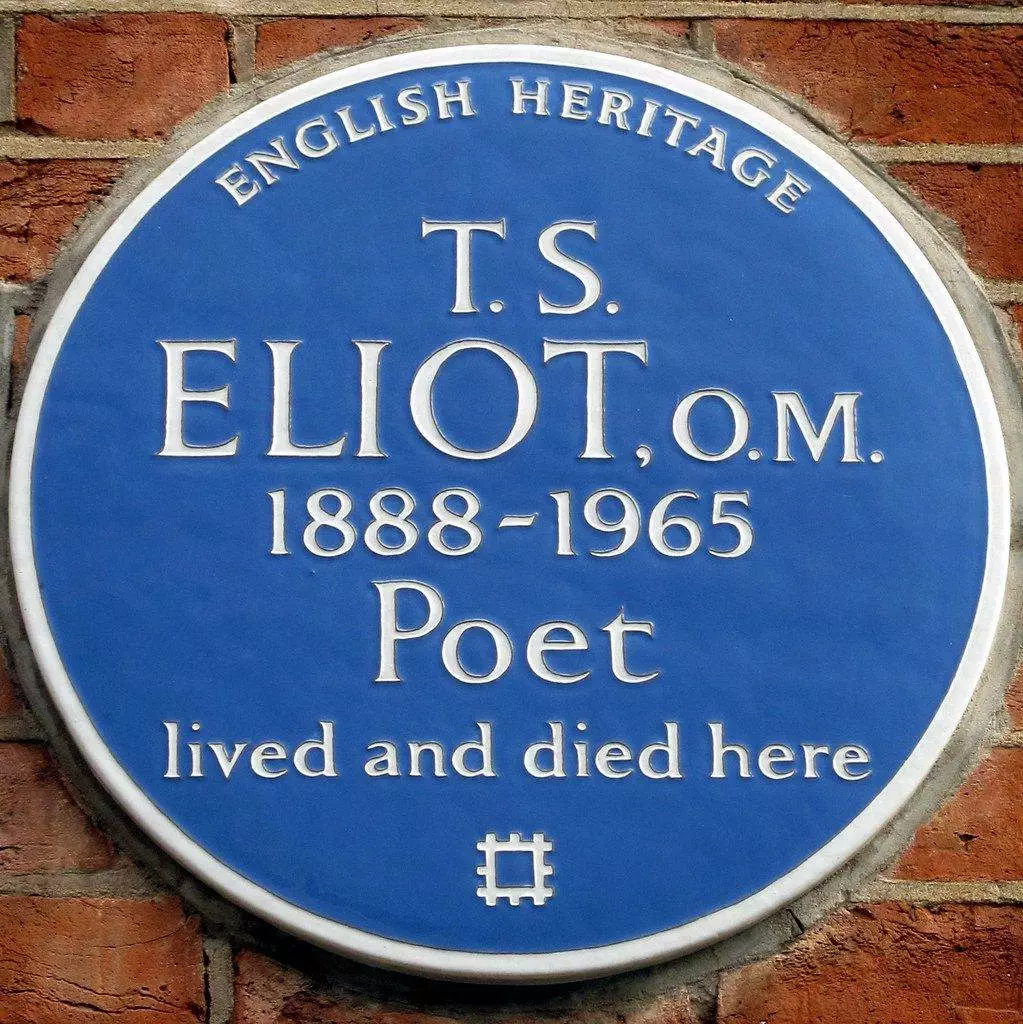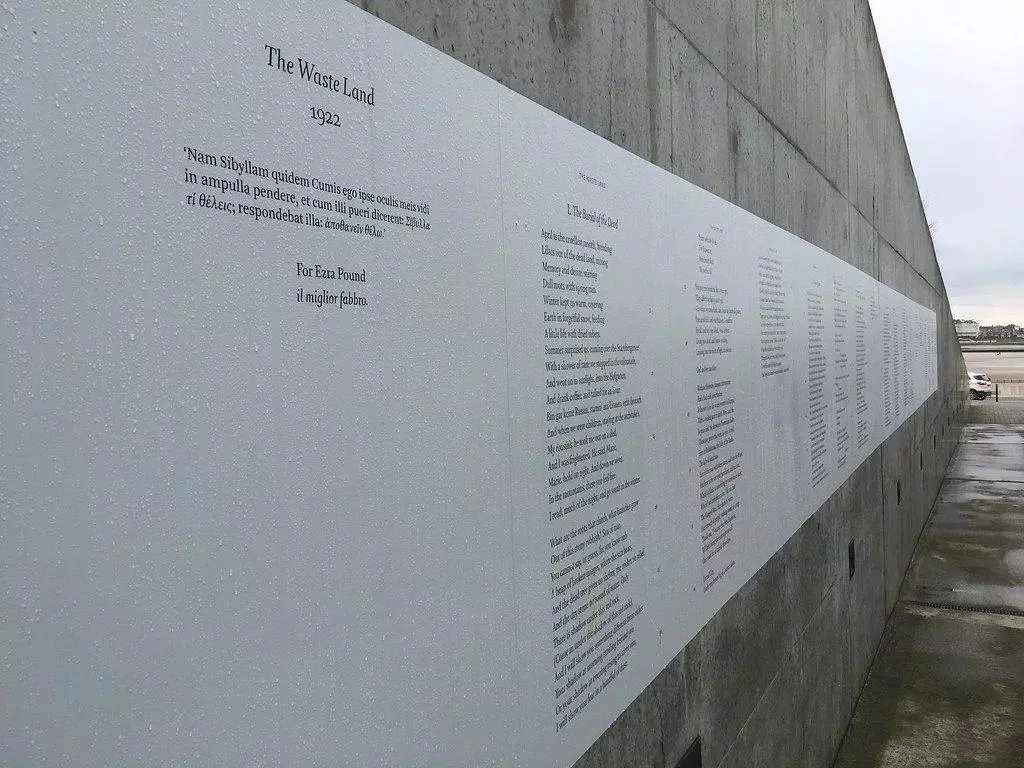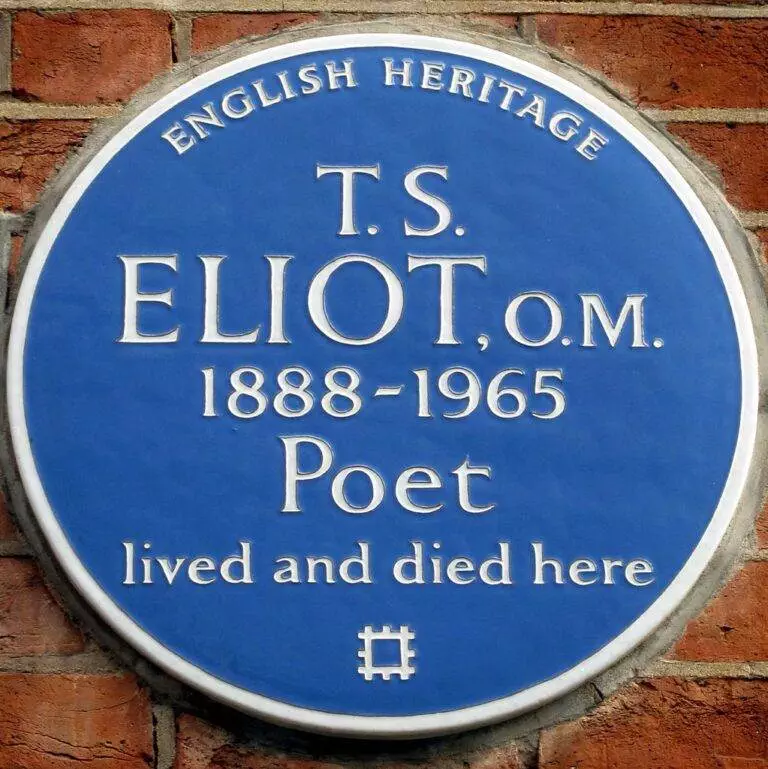Modernist Poetry of Eliot
T.S. Eliot, one of the most influential poets of the 20th century, revolutionized the landscape of modernist poetry. His work is known for its complexity, depth, and innovative use of language. Understanding Eliot’s poetry is crucial for UGC NET aspirants and literary enthusiasts aiming to grasp the essence of modernist poetry. This blog will explore the key features of Eliot’s poetry, focusing on his use of imagery, allusions, and fragmentation.
Table of Contents
The Hallmarks of Modernist Poetry
Modernist poetry emerged in the early 20th century as a reaction against the traditional forms and themes of the Victorian era. It is characterized by:
- A break with established norms
- Emphasis on fragmented forms
- Deep exploration of the inner self
T.S. Eliot’s poetry embodies these characteristics, making his work a quintessential example of modernist literature.
The Use of Imagery in Eliot’s Poetry
Imagery is a cornerstone of Eliot’s poetic technique. He uses vivid, often startling images to convey complex emotions and ideas. For instance, in “The Love Song of J. Alfred Prufrock,” T.S. Eliot describes the evening sky as “a patient etherized upon a table,” creating a striking and somewhat disturbing visual that sets the tone for the poem.
Examples of Imagery in Eliot’s Poetry:
- “The Waste Land”: Rich with symbolic imagery such as the Fisher King and Tarot cards.
- “The Hollow Men”: Describes a barren, lifeless world with images like “dry grass” and “broken glass.”
The Role of Allusions in Eliot’s Poetry
T.S. Eliot’s poetry is dense with literary and historical allusions. These references add layers of meaning and invite readers to engage deeply with the text. Understanding these allusions is essential for grasping the full impact of his work.
Allusions in “The Love Song of J. Alfred Prufrock”:
- Dante’s “Inferno”: The opening lines set the tone for the poem’s exploration of existential angst.
- Shakespeare and the Bible: Enhance the themes of social paralysis and inner turmoil.
Intertextuality in “The Waste Land”:
- Biblical References: Create a rich intertextual network.
- Classical Literature and Contemporary Works: Contribute to themes of fragmentation and disintegration.
Fragmentation in Eliot’s Poetry
Fragmentation is a key feature of modernist poetry, and T.S. Eliot’s work exemplifies this technique. His use of fragmented forms reflects the fractured nature of modern existence and the breakdown of traditional structures.
Structure of “The Waste Land”:
- Divided into five sections, each with its own distinct style and tone.
- Mirrors the disjointed reality of the post-World War I world.
Narrative Disruption in “The Love Song of J. Alfred Prufrock”:
- Stream-of-consciousness technique.
- Abrupt shifts in perspective reflect the protagonist’s inner turmoil.
Thematic Exploration in Eliot’s Poetry
T.S. Eliot’s poetry delves into various themes that reflect the existential crises and cultural disintegration of the modern world. Understanding these themes is crucial for grasping the depth of his work.

Key Themes in Eliot’s Poetry:
- Alienation and Isolation
- “The Love Song of J. Alfred Prufrock”: Prufrock’s sense of disconnection and social paralysis.
- “The Hollow Men”: The depiction of hollow, disconnected beings.
- Decay and Disillusionment
- “The Waste Land”: The imagery of a barren, desolate landscape symbolizes the spiritual and cultural decay of the post-war era.
- “Gerontion”: The reflections on aging and the sense of a wasted life.
- Search for Meaning
- “Ash Wednesday”: The spiritual journey and search for redemption.
- “Four Quartets”: The exploration of time, memory, and spiritual renewal.
The Impact of T.S. Eliot’s Poetry on Modern Literature

Eliot’s innovative style and profound themes have left a lasting impact on modern literature. His work has influenced countless poets and writers, and his techniques continue to be studied and emulated.
Eliot’s Influence on Modern Literature:
- Innovative Use of Form and Structure
- Introduced fragmented narrative and non-linear structures.
- Inspired modernist and postmodernist writers to experiment with form.
- Integration of Diverse Voices and Texts
- Pioneered the use of intertextuality and literary allusions.
- Encouraged the blending of different literary traditions and voices.
- Exploration of Modern Consciousness
- Deepened the exploration of psychological and existential themes.
- Influenced the development of stream-of-consciousness writing.
Key Features of Eliot’s Modernist Poetry
| Feature | Description | Example Works |
|---|---|---|
| Imagery | Vivid, startling images to convey complex emotions and ideas. | “The Love Song of J. Alfred Prufrock” |
| Allusions | Dense with literary and historical references, adding layers of meaning. | “The Waste Land” |
| Fragmentation | Use of fragmented forms reflecting modern existence’s fractured nature. | “The Waste Land” |
| Themes | Alienation, decay, disillusionment, and the search for meaning. | “The Hollow Men,” “Four Quartets” |
| Innovative Form | Non-linear structures, intertextuality, and diverse voices. | “The Waste Land,” “Ash Wednesday” |
T.S. Eliot’s Major Works and Their Significance
Understanding the significance of Eliot’s major works is essential for a comprehensive grasp of his contribution to modernist poetry.
Major Works:
- “The Love Song of J. Alfred Prufrock”
- Significance: Marked the beginning of Eliot’s poetic career and introduced modernist themes.
- Key Features: Imagery, allusions, and the portrayal of alienation.
- “The Waste Land”
- Significance: Considered one of the most important poems of the 20th century, reflecting post-war disillusionment.
- Key Features: Fragmentation, intertextuality, and a wide range of allusions.
- “The Hollow Men”
- Significance: Explores themes of emptiness and disconnection, often seen as a reflection on post-war Europe.
- Key Features: Stark imagery and thematic exploration of hollow existence.
- “Four Quartets”
- Significance: Eliot’s meditative work on time, memory, and spiritual renewal.
- Key Features: Complex structure, rich imagery, and deep philosophical exploration.
Practical Tips for UGC NET Aspirants
For UGC NET aspirants, understanding T.S. Eliot’s poetry is crucial not only for its literary value but also for its frequent presence in exam syllabi.
Study Tips:
- Analyze Key Poems
- Focus on detailed analysis of Eliot’s major works.
- Pay attention to imagery, themes, and structural elements.
- Understand Literary Allusions
- Familiarize yourself with the literary and historical references in Eliot’s poetry.
- Explore the sources of these allusions for a deeper understanding.
- Practice Close Reading
- Develop skills in close reading to unpack the dense and layered text.
- Pay attention to Eliot’s use of language and form.
- Explore Critical Essays
- Read critical essays and analyses of Eliot’s work to gain various perspectives.
- Use these insights to enhance your understanding and interpretation of the poems.
Conclusion: Embracing the Complexity of Eliot’s Modernist Poetry
T.S. Eliot’s modernist poetry is a rich field of study, offering insights into the complexities of modern existence and the innovative use of literary form. For UGC NET aspirants and literary scholars, engaging with Eliot’s work is both a challenging and rewarding endeavor. By delving into his use of imagery, allusions, and fragmentation, readers can appreciate the profound impact of Eliot’s poetry on modern literature.



3 Comments
Pingback: The Waste Land Quiz: RPSC First Grade English - LitGram by MukeshRishit
Pingback: Strange Meeting Summary: 7 Essential Insights into Owen's Haunting War Poem
Pingback: T.S. Eliot's "Tradition and the Individual Talent": Ultimate Guide to Understanding Literary Criticism